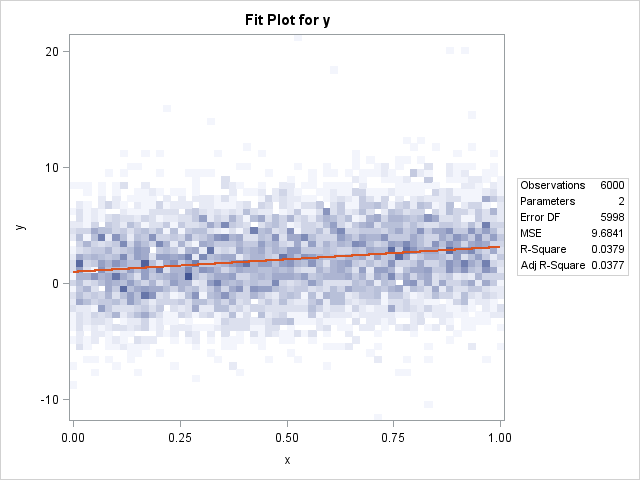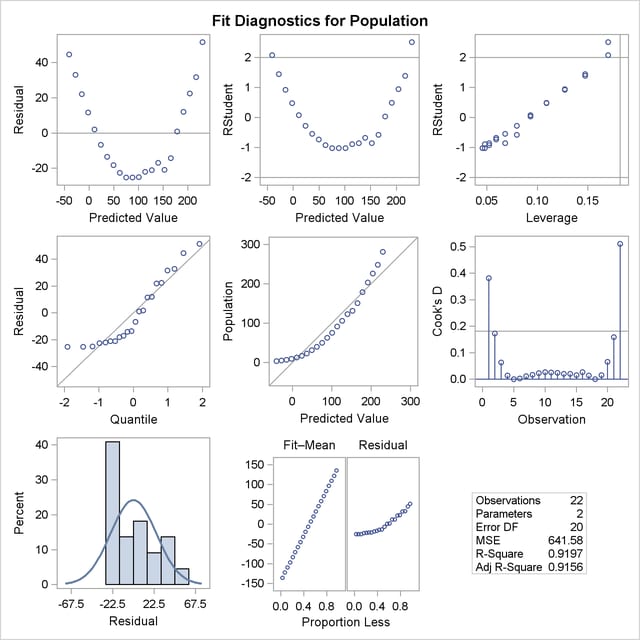



variable 0, when an observation is not the first observation in a BY group. variable 1, when an observation is the first observation in a BY group. If you choose specific plots in the plot-request-list. For the last observation in a data set, the value of all LAST. We illustrate application of these extended methods for competing risk regression using our macro, which is freely available at:, by means of analysis of a real chronic kidney disease study. For example, a FITPLOT is automatically generated when there is one regressor variable. The application of PROC PHREG has several advantages, e.g., it directly enables the user to apply the Firth correction, which has been proposed as a solution to the problem of undefined (infinite) maximum likelihood estimates in Cox regression, frequently encountered in small sample analyses.ĭeviation from proportional subdistribution hazards can be detected by both inspecting Schoenfeld-type residuals and testing correlation of these residuals with time, or by including interactions of covariates with functions of time. SGPLOT and SGPANEL will use this element automatically if you. Do a regression analysis in PROC REG including. It will be useful if you want to use an individual figure in the diagnostic plot. The modified data set can also be used to estimate cumulative incidence curves for the event of interest. GraphFit2 a secondary element for fit plot styling that can be referenced from any plot. Prepare a scatter plot of the dependent variable (Yi) on the independent variable (Xi). plots FITPLOT(noclm): no confidence interval. Our macro first modifies the input data set appropriately and then applies SAS's standard Cox regression procedure, PROC PHREG, using weights and counting-process style of specifying survival times to the modified data set. We present a new SAS macro %pshreg that can be used to fit a proportional subdistribution hazards model for survival data subject to competing risks.


 0 kommentar(er)
0 kommentar(er)
